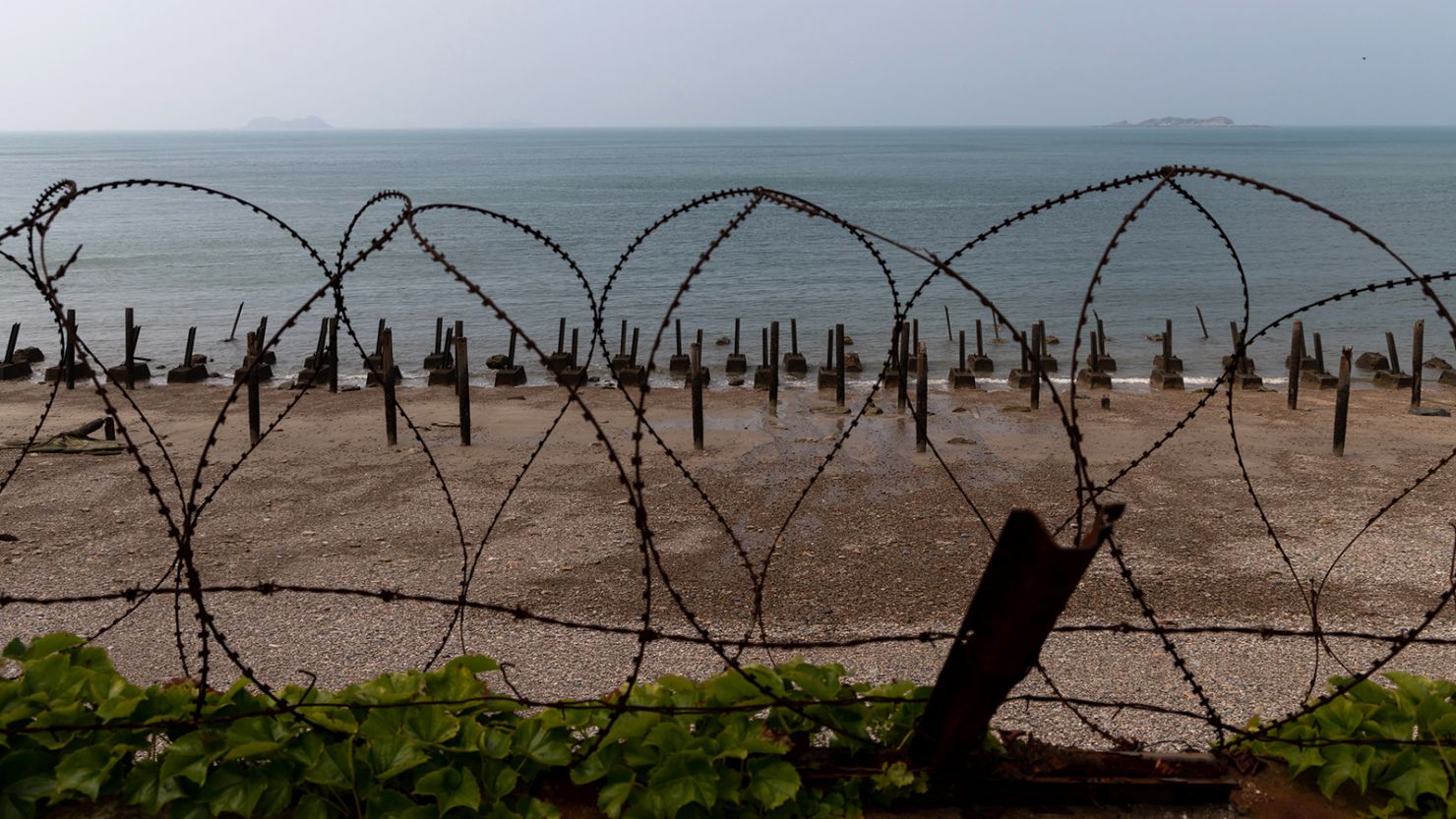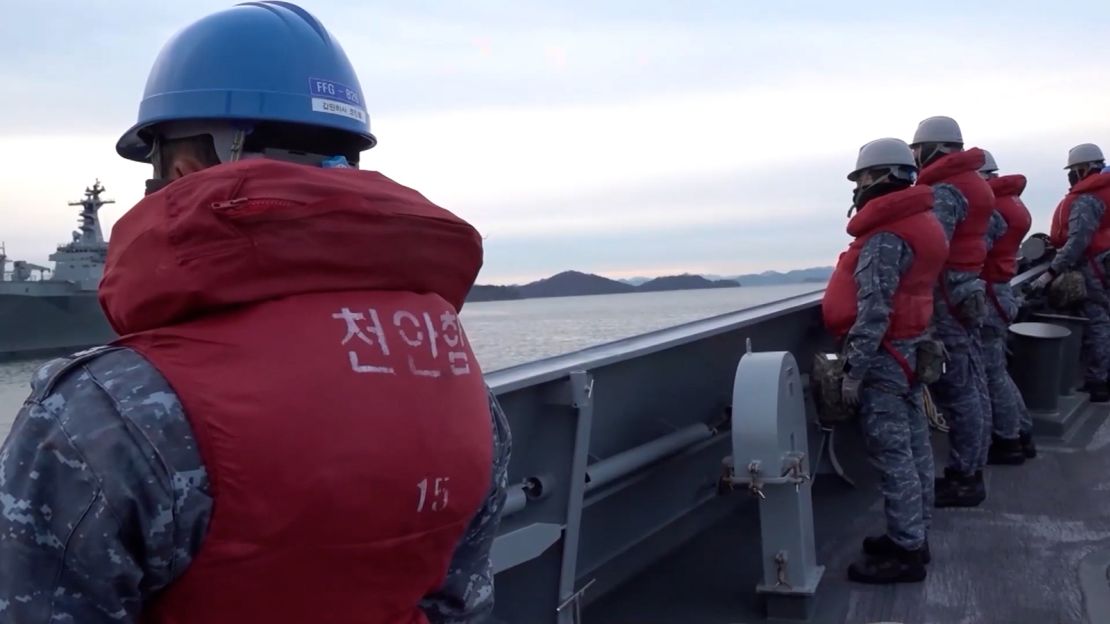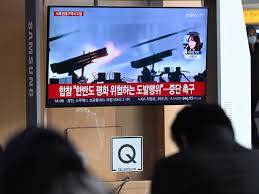Updated 3:40 AM EST, Fri January 5, 2024

South Korea’s military condemned its northern neighbor on Friday after Pyongyang fired artillery rounds that fell within a maritime buffer zone that has long been a flashpoint between the two.
North Korea fired more than 200 rounds between 9 a.m. and 11 a.m off its west coast, near South Korea’s Baengnyeong and Yeonpyeong islands, according to South Korea’s Joint Chiefs of Staff (JCS).
The artillery fell north of the Northern Limit Line (NLL), a disputed de facto border drawn up by the United Nations at the end of the Korean War in 1953.
The incoming rounds did not harm any civilians or military, the JCS added, calling the incident a “provocative act that threatens peace and heightens tension on the Korean Peninsula.”
In response South Korea’s military held its own maritime shooting exercise on Friday afternoon, with the defense ministry saying it was to “respond to North Korea’s provocation of shooting artilleries inside the no-hostile act zone this morning.” There were “no unusual movements” by the North Korean military during the exercise, it said.
Ahead of the exercise, Yeonpyeong residents were ordered to evacuate to nearby shelters and “refrain from doing outdoor activities,” according to a government website message, and a local resident who told CNN they received the same message via text.
Photos from the island showed people gathering near designated shelters, some sitting inside and others milling around outside.

Yeonpyeong, a tiny island that only measures 3 square miles, is home to more than 2,100 people, according to its local office website. Baengnyeong island, about 18 square miles, has more than 4,900 residents.
It is not unprecedented for North Korea to fire shells into the maritime buffer zone but such acts do raise tensions.
The hermit nation resumed firing artillery within the buffer zone after scrapping an inter-Korean military agreement last November, the JCS said. Multiple rounds were also fired in the same area in late 2022.
The military agreement was signed in 2018 as part of efforts with the United States to contain the threat of war on the Korean Peninsula, and broaden the buffer zone between the two Koreas.


